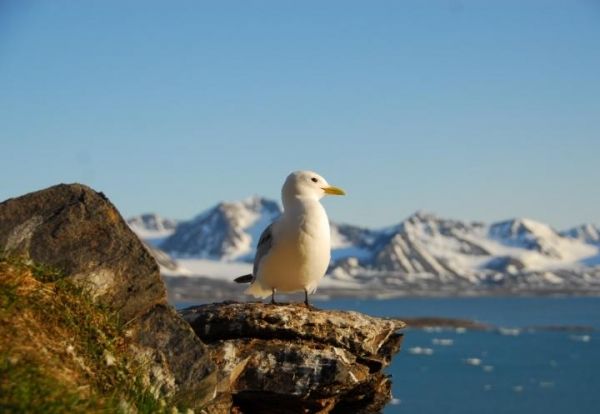The breeding season of some seabirds in Arctic regions takes place earlier as a result of the temperature rise caused by climate change, according to a science article with Francisco Ramírez, from the Faculty of Biology and the Biodiversity Research Institute (IRBio) of the University of Barcelona –as one of the main authors.
According to the study, published in the journal Global Change Biology, surface-feeding seabirds in the north of the Pacific Ocean are moving their breeding season to an earlier timing than the rest of species –about ten days before for over the last thirty-five years- due the ocean’s temperature rise and ice melting, which are signs of Spring onset in the Arctic.
The first author of this study –which is focused on the analysis of twenty-nine seabird species from thirty-six different locations- is Sébastien Descamps, from the Norwegian Polar Institute in Tromsø (Norway). Other researchers from several institutions and research centers in Norway, Spain, Canada, France and the United States have taken part in the study.
When Spring arrives earlier
The Arctic is one of the most sensitive areas to the global warming effects. Ice melting and the continuous rise of temperatures –higher than the average worldwide- are dramatically altering the structure of the Arctic ecosystems.
Read more at University of Barcelona
Image: In Arctic regions, the time period with optimal conditions for the reproduction of seabirds is quite limited. (Credit: Sébastien Descamps)


